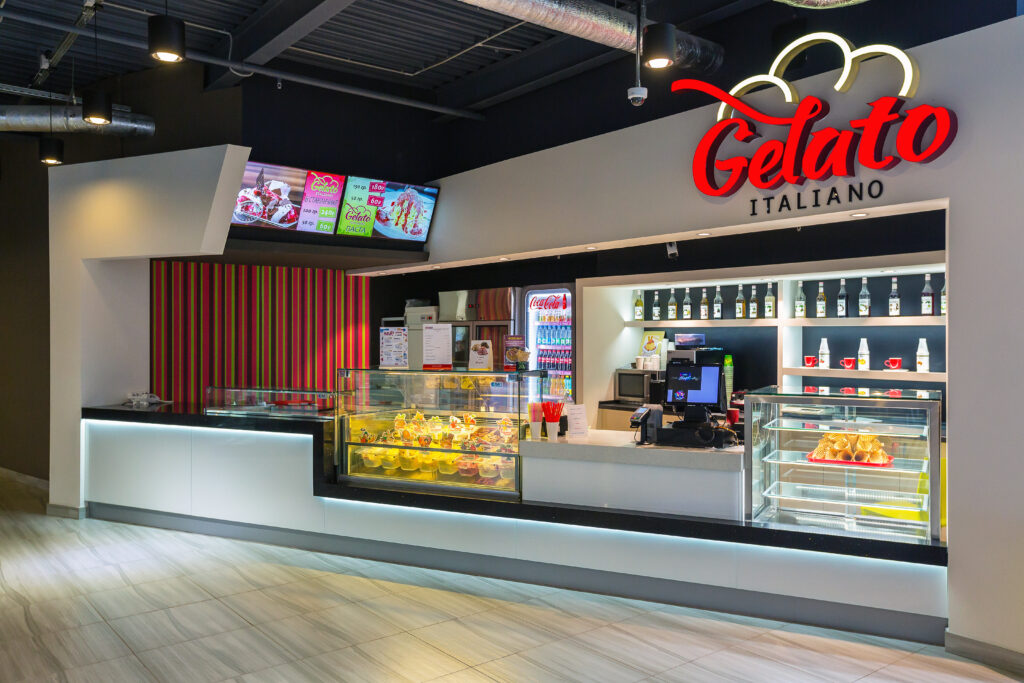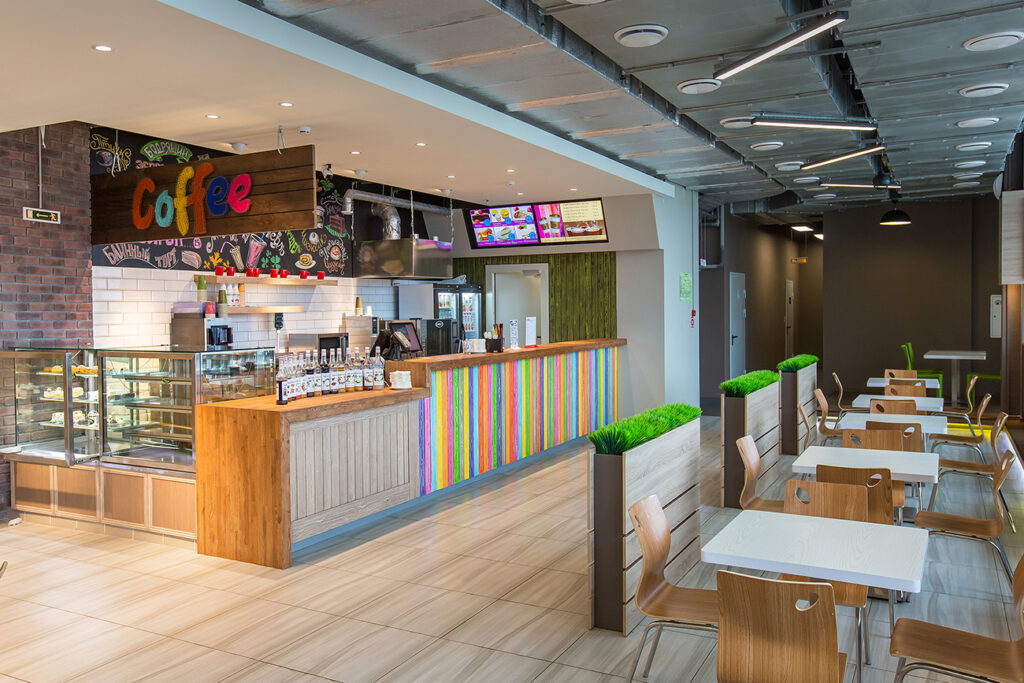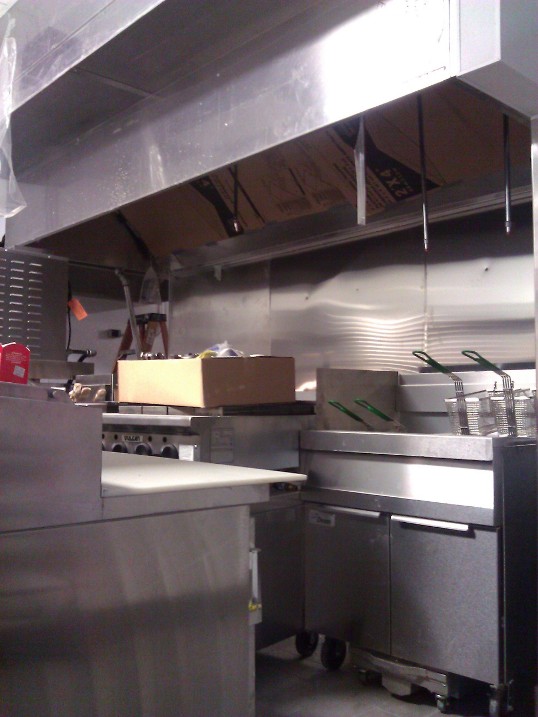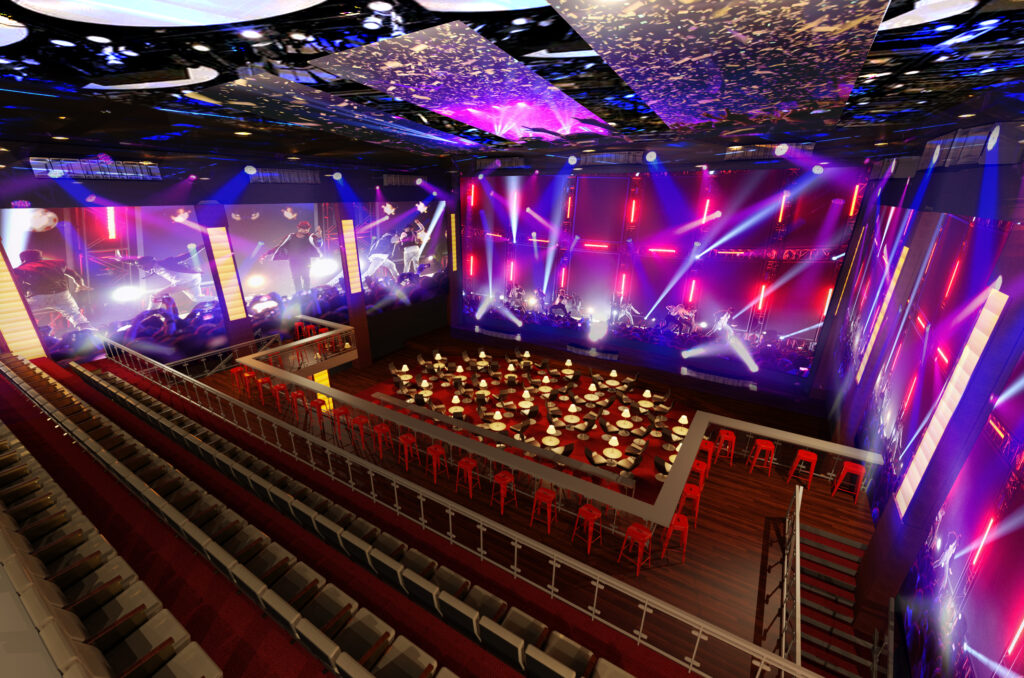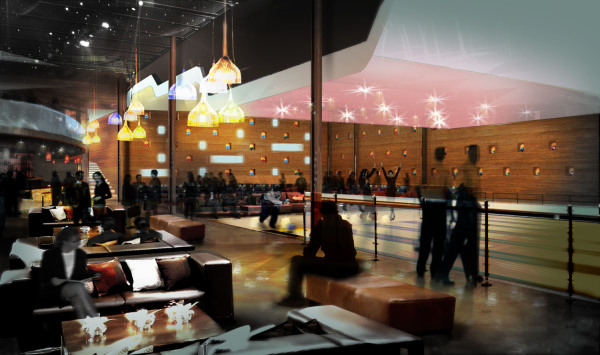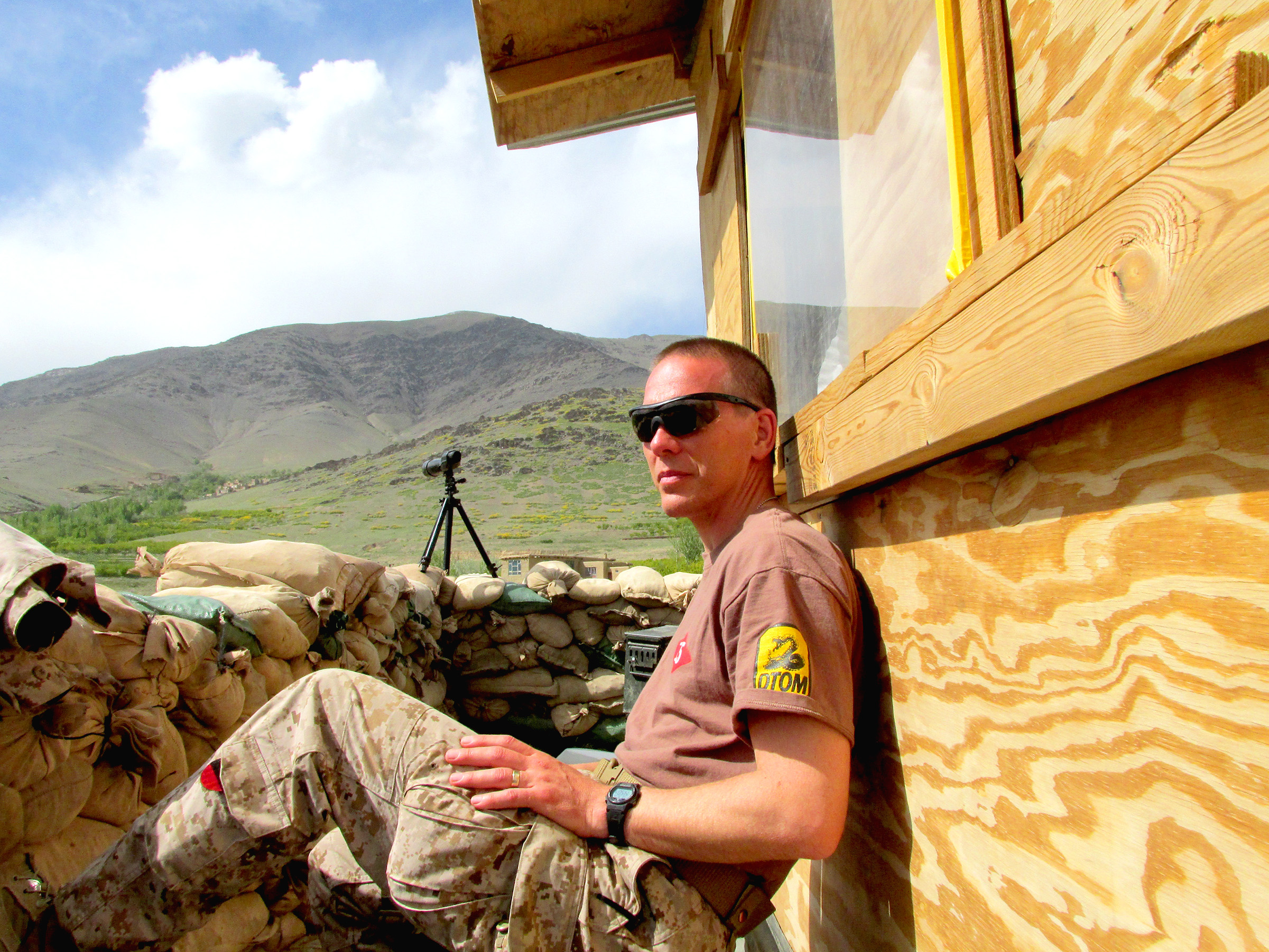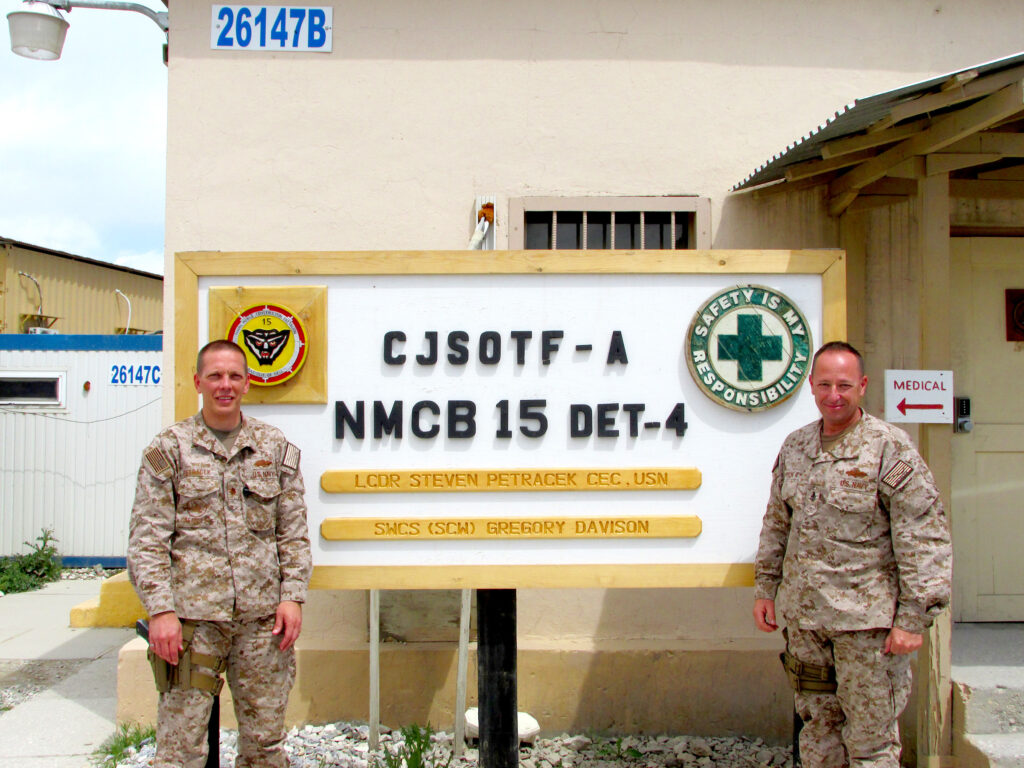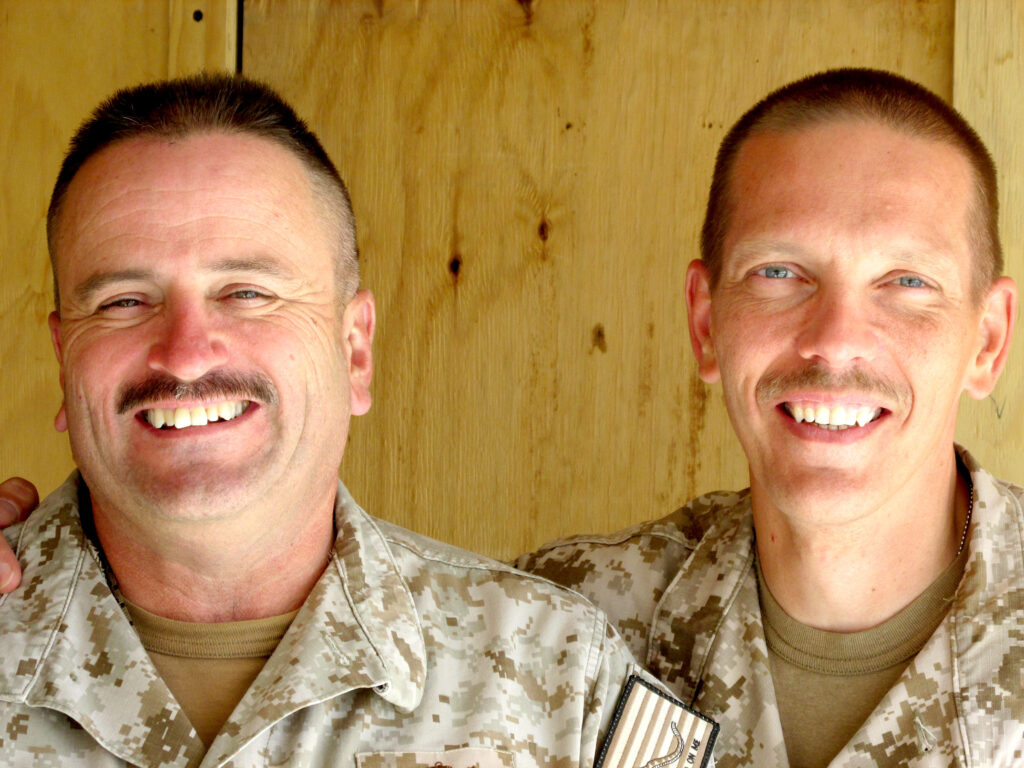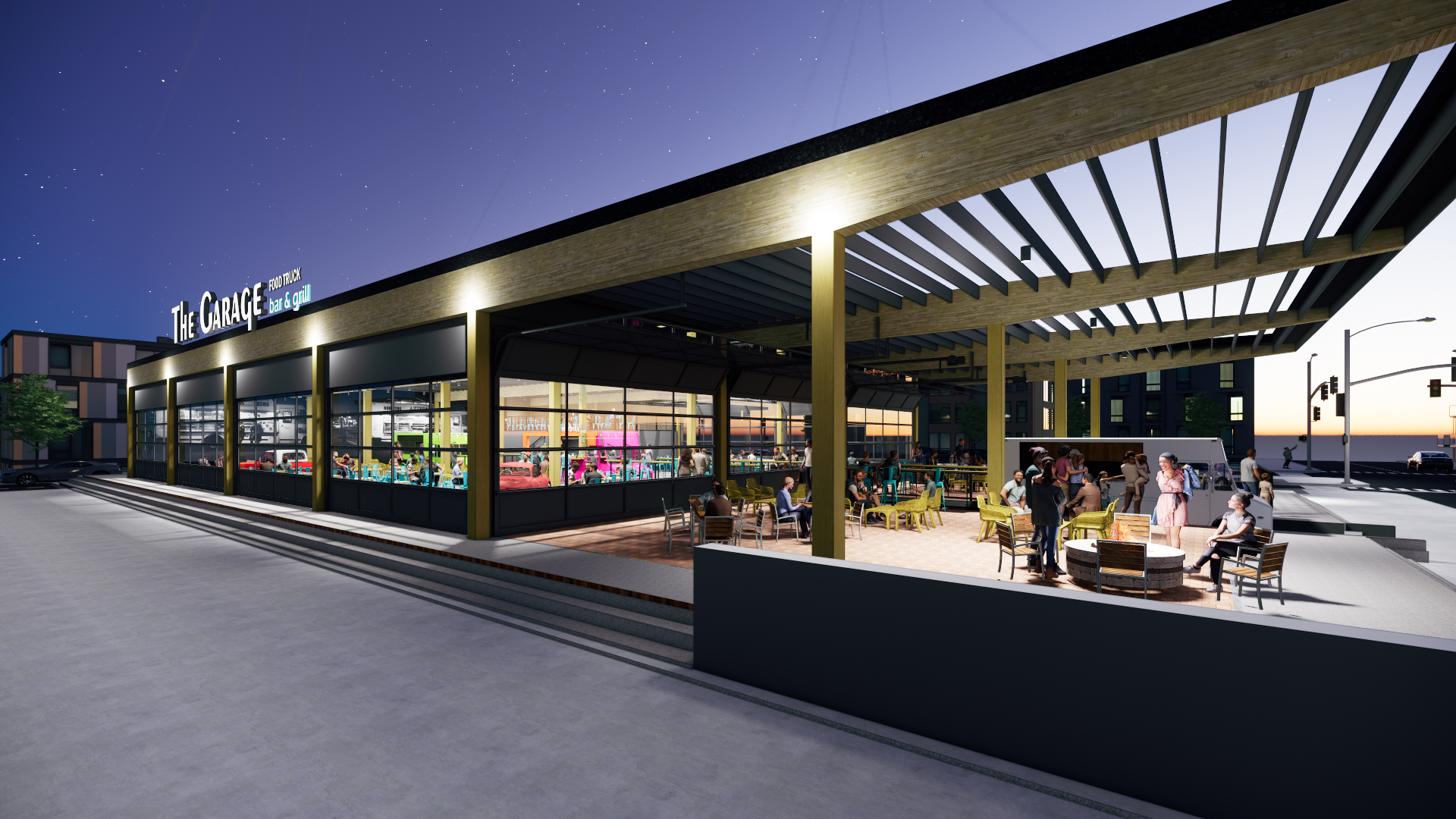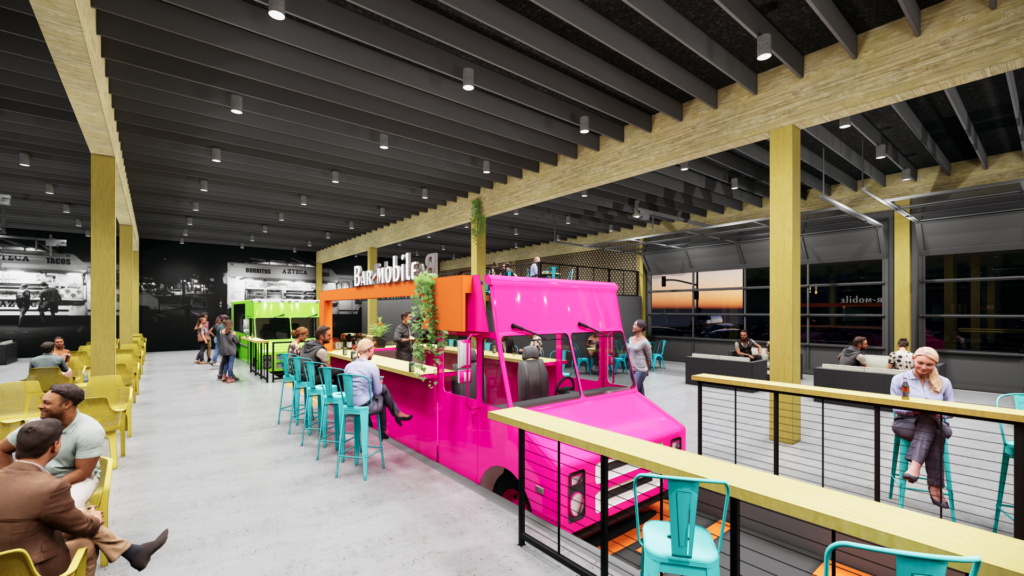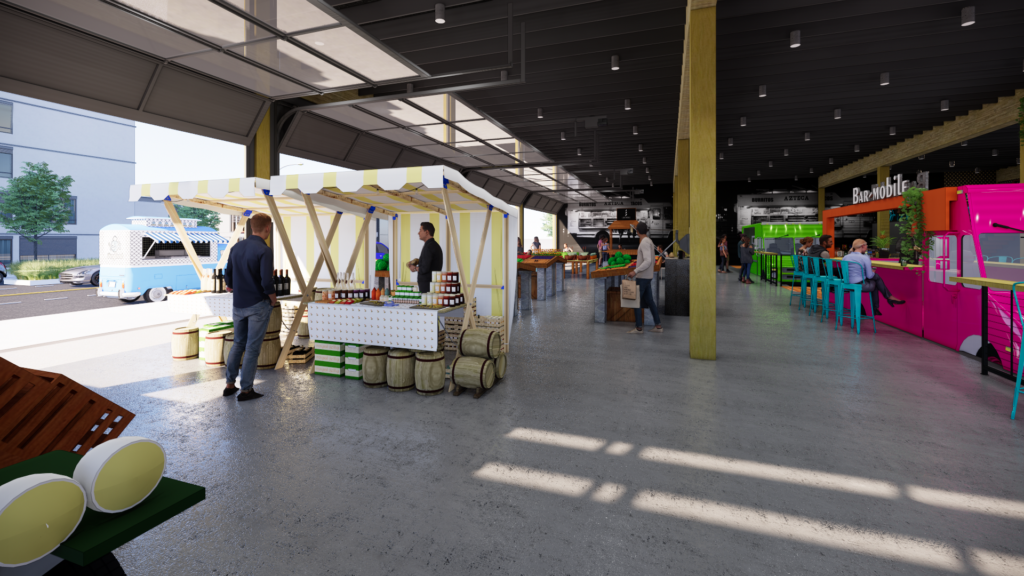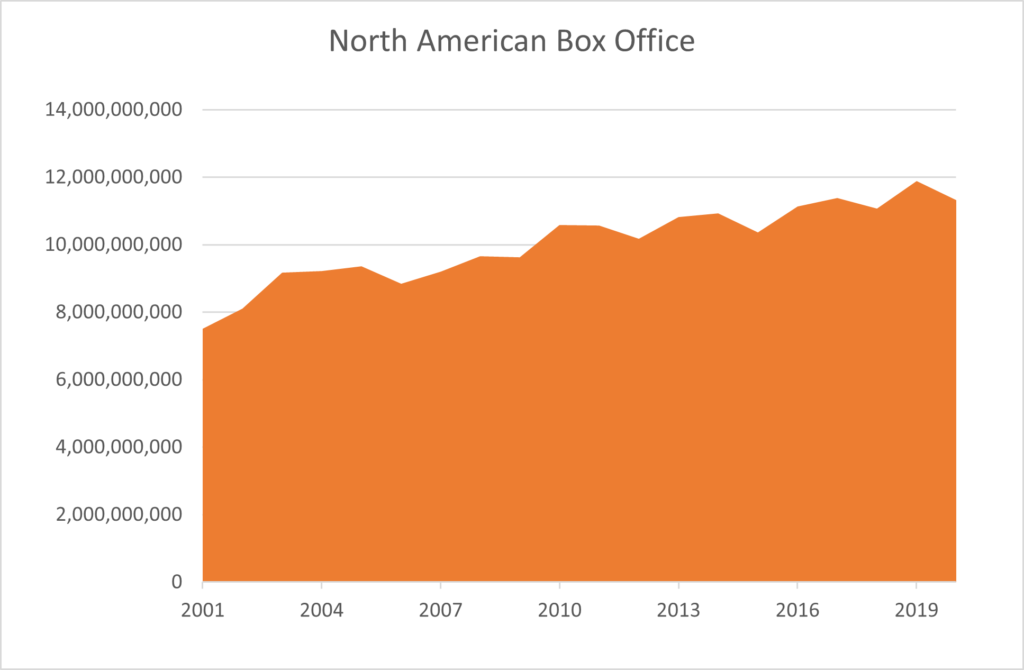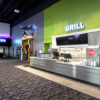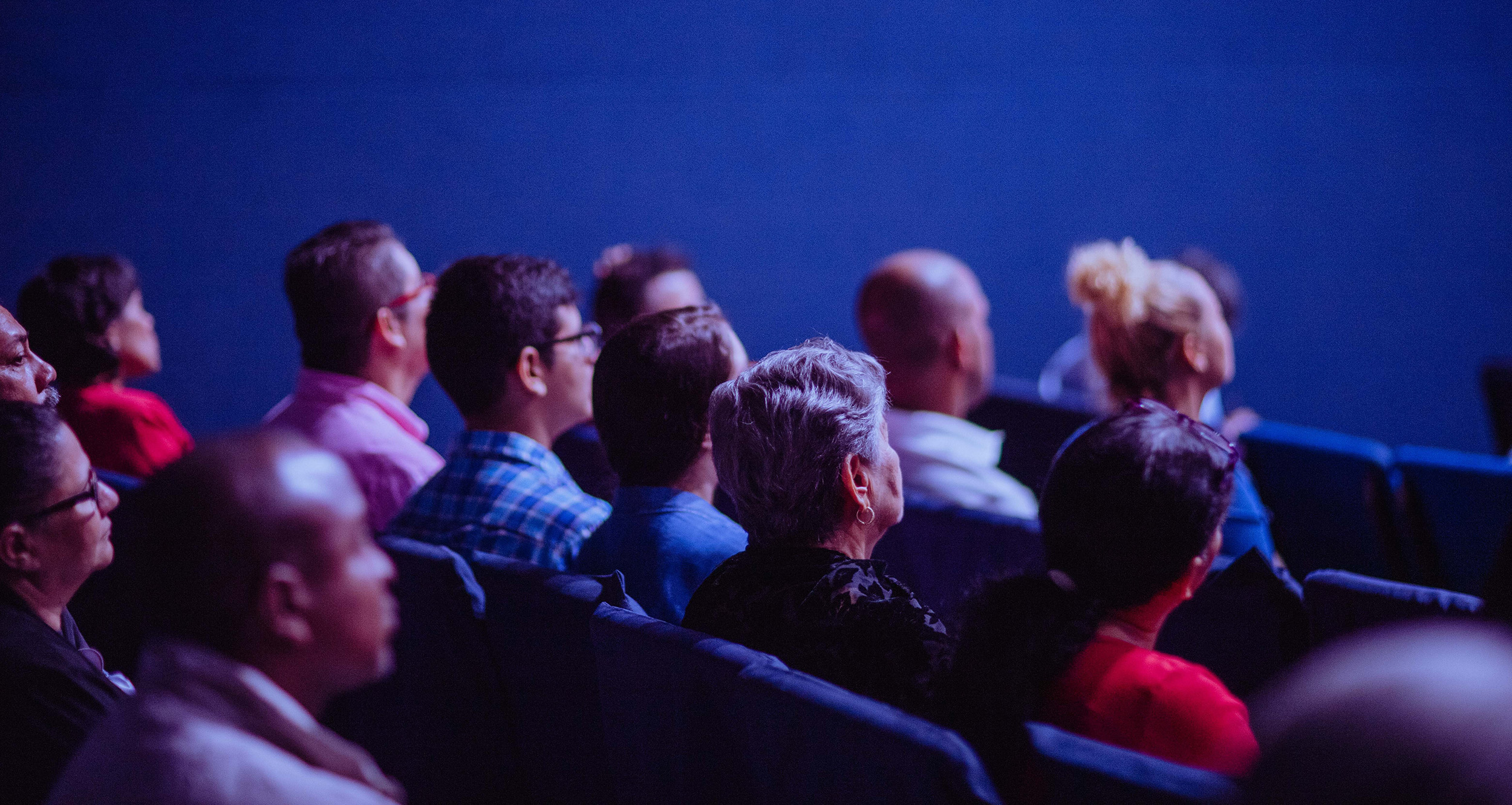
DECEMBER 8, 2020
Resiliency is not a new term for the Cinema Industry. The industry has faced adversity in the past but economically has always been the Teflon industry. Cinema has survived TV as noted by Greg Marcus:
“My grandfather, I know one of the ways he built the business after TV came along — so let’s talk about the fact that this industry does endure some significant shocks. And it endures. The keyword being endure. He went around to people who were getting theaters back and said, ‘Look, we’re going to partner. Because it’s going to come back at some level.’ And he was right. So I think there could be opportunities like that as we look forward.”
Greg Marcus
Marcus Theatres CEO Says Biz Endured “Significant Shocks” Before — Q3 Earnings – Deadline
After TV, cinema has survived the rise of VCRs, DVDs, and streaming. At TK Architects, a nearly 40-year-old firm that has specialized in Cinema, Entertainment, and F&B since its inception, we believe cinema will survive the pandemic and can thrive again. Building on our expertise, we challenge our architectural and engineering staff to develop dozens of concepts for cinema business post-pandemic. We have also seen our vendor partners with longer histories than us pivot and provide creative solutions that are helping cinemas (and other industries) meet their immediate needs during the pandemic. To move beyond surviving and back to thriving the question needs to be what is next for cinemas?
Converting to recliners and elevating food offerings implementation continues to be key improvements for re-inventing the industry.
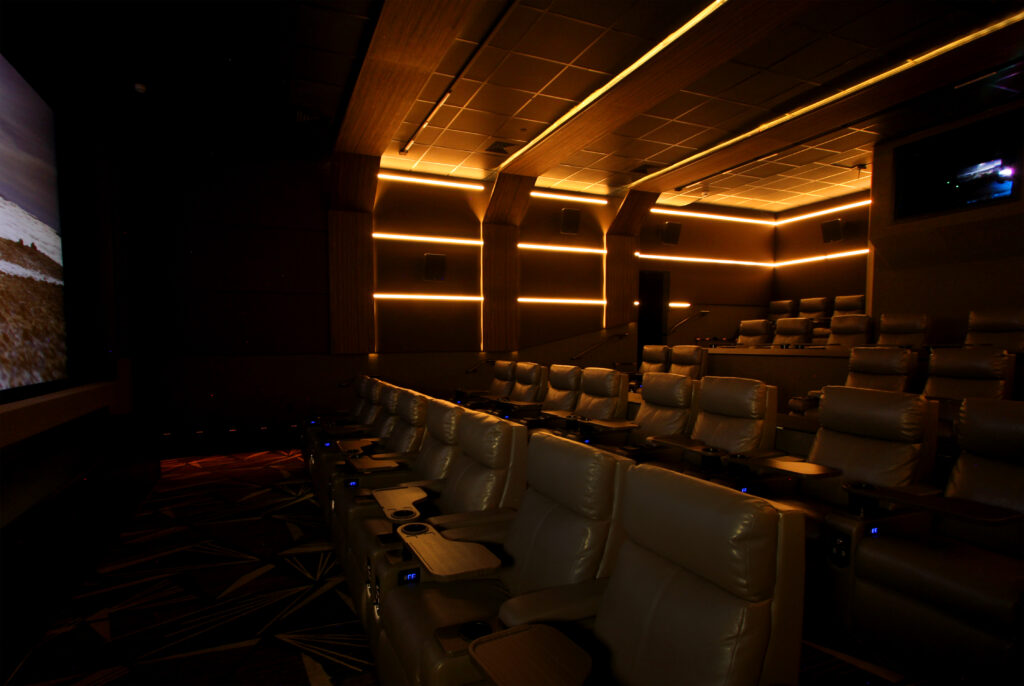
Examining what is next for cinema is something TK thinks about every year since our creation but in a formalized way for the last 9 years. Provoking a conversation tailored to a client’s individual needs while thinking about those needs differently is what we strive to accomplish with these concepts. Sometimes the ideas push the envelope with a dreamer’s surrealism and other times they are perceived as achievable with some additional creativity. One of my favorite activities has been showing them to various clients and hearing their responses. Clients can visualize them for their own brands. Deciding the factors that go into the path to resiliency are unique to each location.
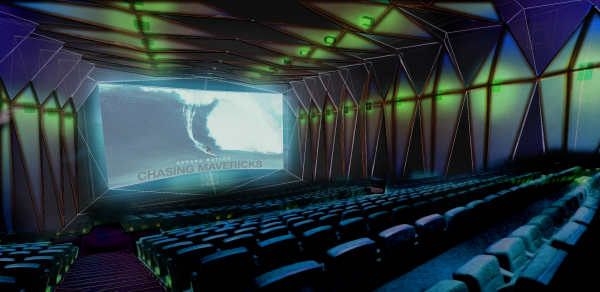
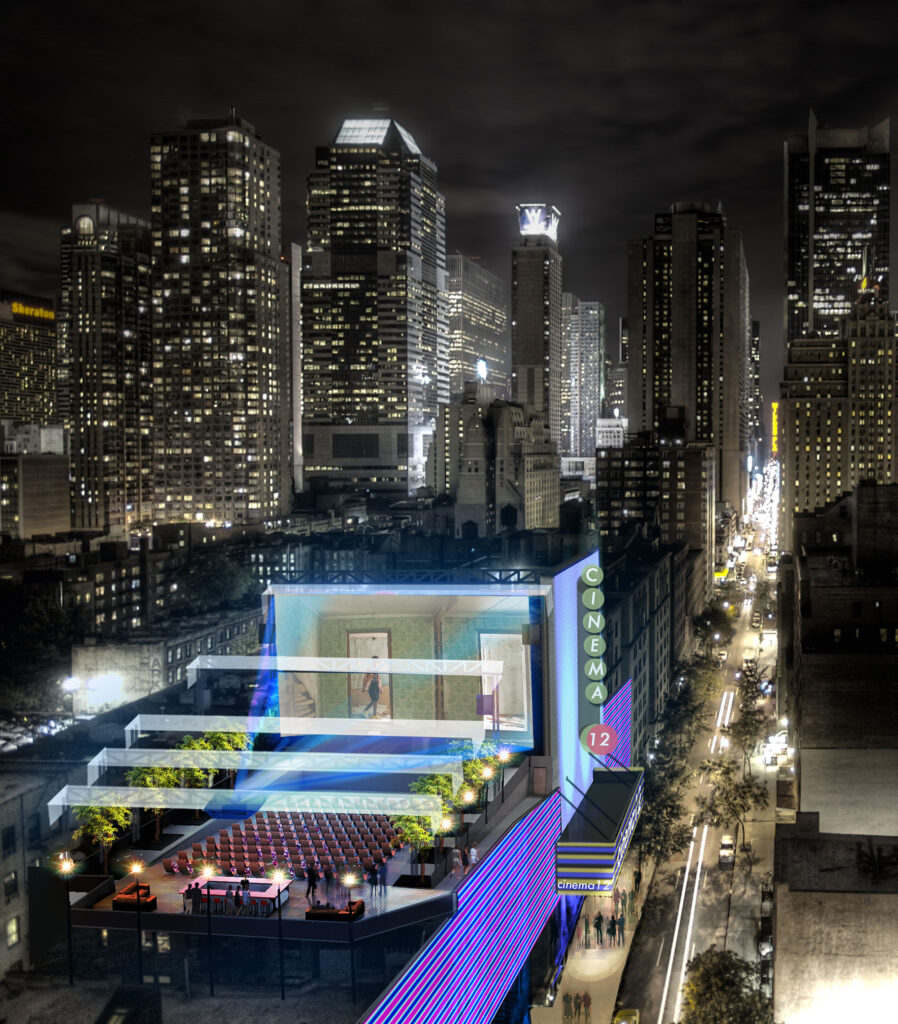
Right-sizing for new construction and re-demising for renovation are parallel paths that clients have taken and both remain relevant. Reducing screen count is one approach. This can provide negotiation options for discussion with the Landlord by giving back space. Another approach we see as viable is repurposing the extra space for new entertainment uses. Reuse ideas can include an expanded bar or a kitchen to convert the facility to dine-in. Bowling, arcade, or trampoline are also repurposing options.
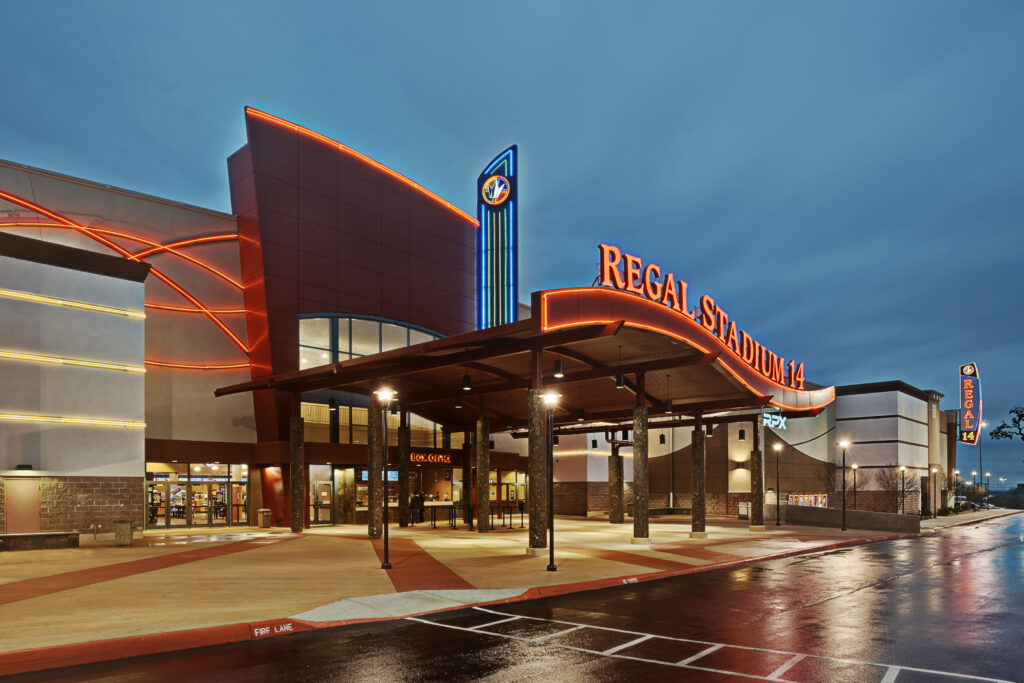
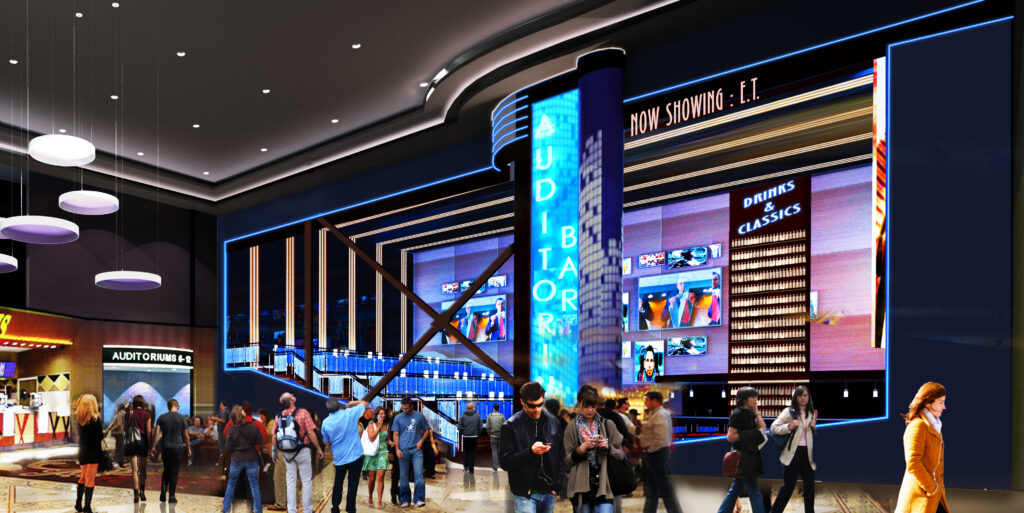
Repurposing for event cinema, e-sports and gaming or other experiential cinema helps to diversify revenue streams making a location less dependent on Hollywood (or local content as the location may dictate). All of these alternatives can draw audiences to a facility at varied times beyond the prime Friday and Saturday night slots. Finding the right mix for your facility requires research and testing.
Capitalizing on the information and data that an exhibitor has access to from their loyalty programs can factor into additional amenity research. As cinemas diversify their offerings, avoiding the struggle cinemas experienced when first managing kitchens for dine-in by adding people knowledgeable in these different areas will help the ventures succeed. The road to rebounding and thriving will be paved with combinations of the elements mentioned here. We look forward to helping to steer clients to the road that works for them.
Theresa English

